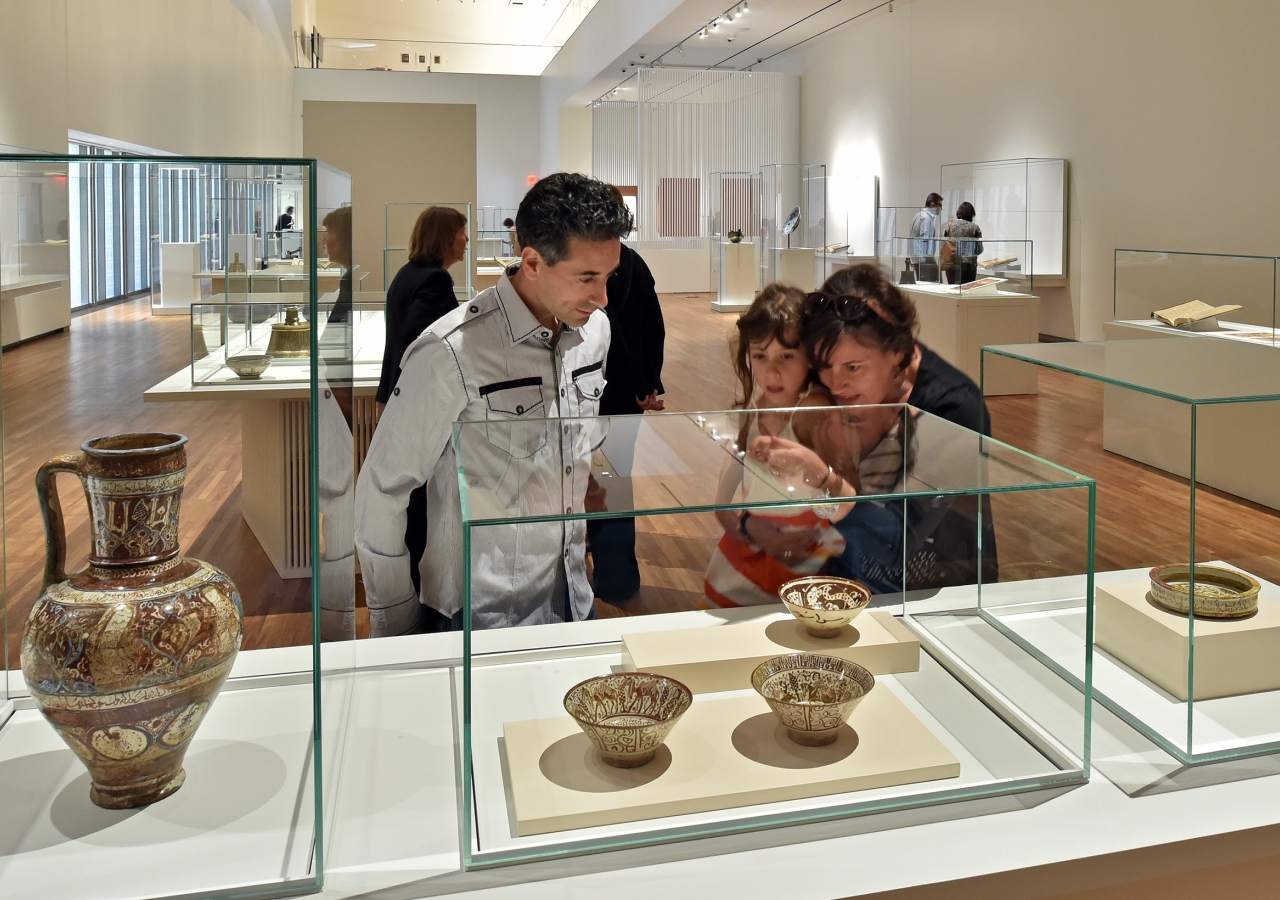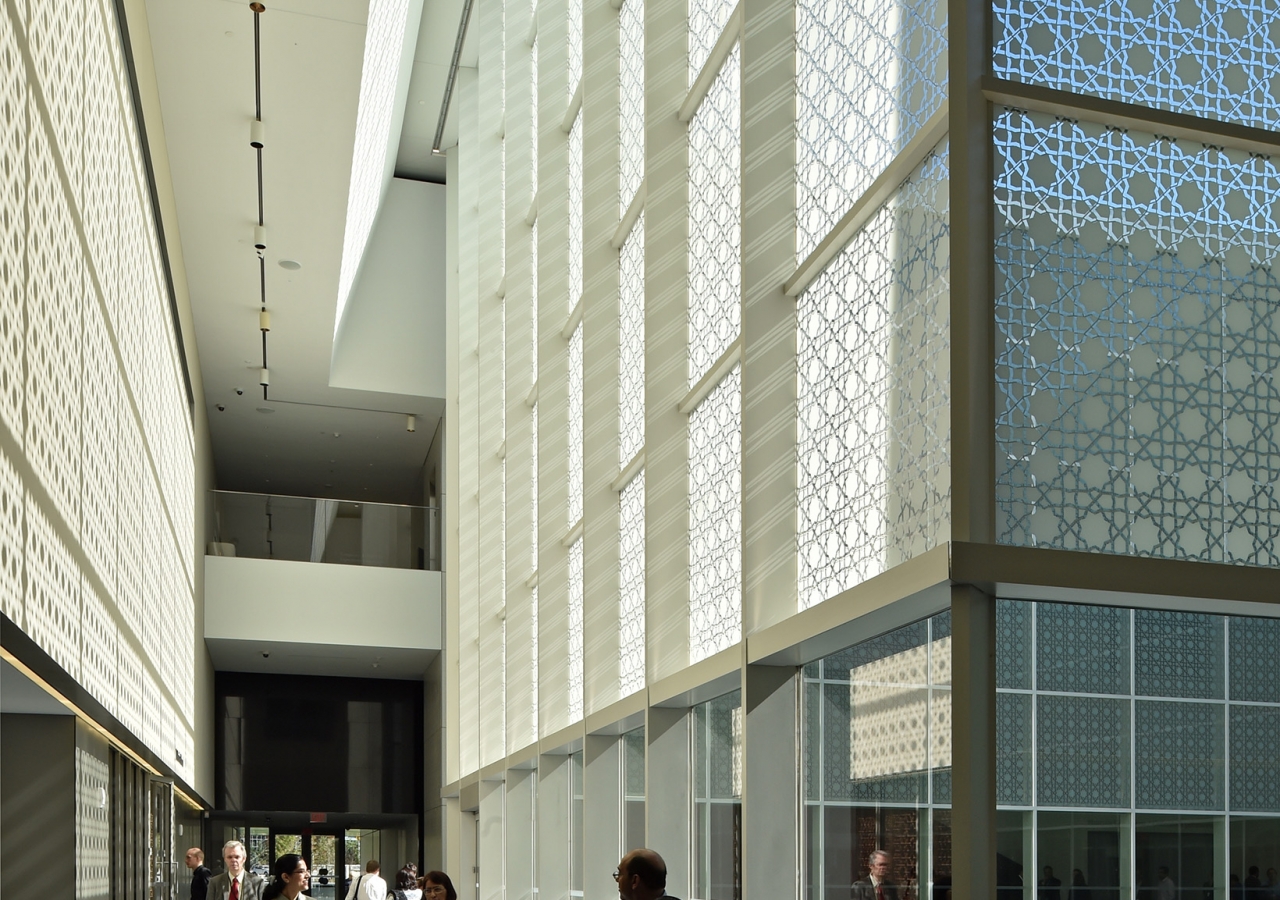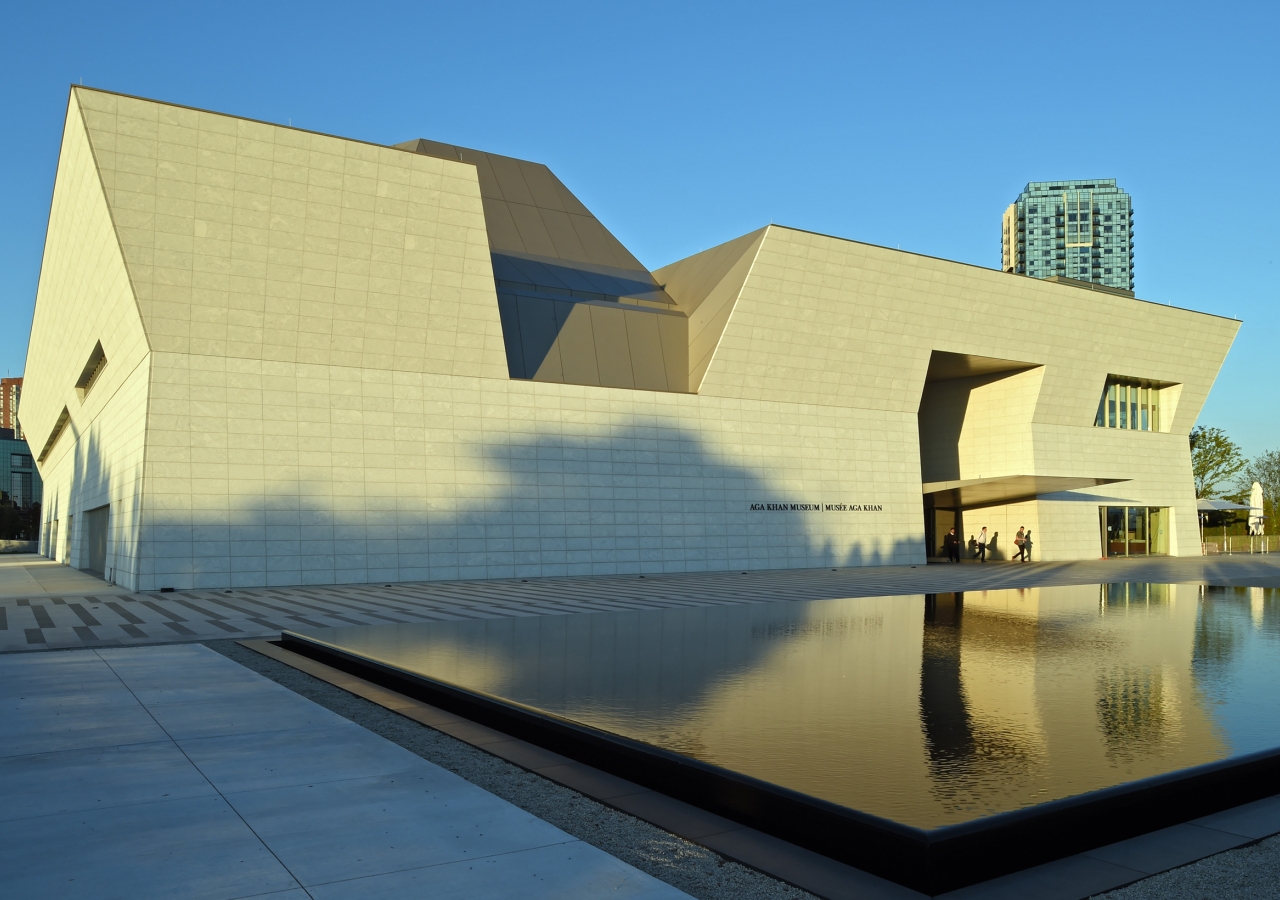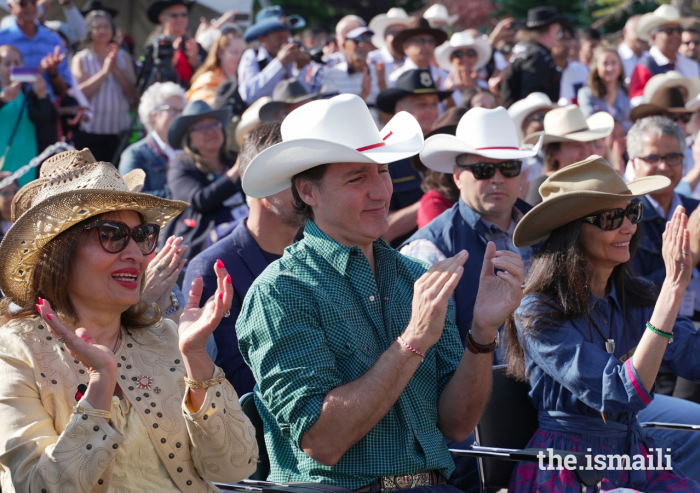In which city today might one find a thousand-year-old textbook of medicine that for centuries served as the go-to reference in European medical schools; a porcelain basin from the 16th century Ming dynasty that was made for a member of the emperor’s circle; and a set of wooden corbels dating to the 1200s–1300s, carved in a style inspired by the Muslim, Christian and Jewish artistic traditions of the Iberian peninsula?
If Toronto seems an unlikely answer, think again.
The Aga Khan Museum — which will open its doors to the public on 18 September — is the permanent new home for these, and many other exquisite objects. It is the first of its kind in North America, dedicated to the preservation and celebration of the art and culture of Muslim civilisations.
“It’s a tremendous collection and it’s really very powerful and beautiful”, says Sara Beam-Borg, the museum’s Exhibition Manager. Over a thousand artefacts — which include paintings, ceramics, metalwork, manuscripts, texts, tiles, and textiles — form the museum’s permanent collection, and each one has a fascinating story to tell.
The porcelain basin, for example, was made in the kilns of Jingdezhen in north-eastern China for a patron who was likely a member of the close circle of the Ming Emperor Zhengde (reigned 1505-21). The centre of the basin is inscribed with the Arabic word taharat, which means purity, indicating the basin was used for ablution. The object testifies to the established and influential Muslim community that existed in China during that period; indeed the Emperor himself is reported to have been a believer in Islam.
Other objects, like Ibn Sina’s Qanun fi’l-tibb — commonly known in the West as Avicenna’s Canon of Medicine — were instrumental to the spreading of knowledge from the Muslim world to Europe. Three carved wooden corbels in the Mudéjar style capture a pluralist spirit represented in an artistic style that drew from Muslim, Christian, and Jewish traditions.
The Aga Khan Museum “will introduce Canadians from other faith and cultural backgrounds to the compelling history of Islam, one of the world’s great religions and the inspiration for countless major advancements in art, science, music and philosophy,” said Canadian Prime Minister Stephen Harper in May 2010, speaking at the foundation ceremony of the museum and the adjacent Ismaili Centre, Toronto. “The importance of this work, in a world divided by sectarian strife that subjects millions of innocent people to violence, oppression and poverty, cannot be overstated.”
Civic destination
According to Ruba Kana’an, Head of Education & Scholarly Programs, the art collection is a key tool for teaching about the contributions of Muslim civilisations throughout history. The museum is not “a collection of art to which only scholars and elite art lovers go to see, [but] a civic destination,” she says, “a place that is open to the public and that is engaging with the public for their education.”
Renowned speakers, educators and artists will provide visitors with new perspectives and opportunities to interact with the museum’s collection and exhibitions. They will be complemented by print and digital publications, including art books, catalogues, academic papers, and children’s books. Some of these will be available in the museum’s gift shop and others will be accessible in the research library and reading room.
Programming will be catered to all ages. Elementary school students will have an opportunity to explore the museum through school programmes that touch on aspects of the Ontario curriculum, including art, language, social studies, science, and math. On Sunday afternoons, fun, hands-on activities are planned for families. Parents can also sign out an Exploration Backpack on any day of the week and take kids on their own adventures through the galleries.
The museum will also partner with leading academic and cultural institutions to present conferences and symposia that invite inquiry, debate and dialogue. Post-secondary and graduate students, as well as other adults, will be able to take part in these conferences, as well as in research, lectures, workshops, and tours.
More than just objects
Despite the richness of its collection, objects are not the sole focus of the Aga Khan Museum. The performance and visual arts of Islamic civilisations have mutually inspired one another for centuries, and the museum will showcase this.
“I don’t think you’ll find very many museums — if any of this calibre and scale — where the performing arts are given so much in terms of resources, in terms of the volume of public spaces”, says Amirali Alibhai, the Head of Performing Arts.
The inaugural season features musicians, dancers and other artists of local, national and international renown. Audiences will be able to take in concerts, theatre performances and film showings, and attend book launches, readings and spoken word recitals. There will also be classes and workshops, panel discussions and lectures, and even public jam sessions.
Opening weekend kicks off with an inaugural music festival that features main-stage performances in the museum’s 350-seat auditorium, as well as informal shows throughout the building. Artists from Toronto, Vancouver and beyond will mix contemporary sounds with ancient musical traditions to produce melodies never heard before.
Alibhai doesn’t want to give too much away but says that “each artist is doing a traditional, quieter set in the Bellerive Room and a more contemporary expression of their music out in the atrium.”
Film as an art form and a means of communication is another theme that the Aga Khan Museum will explore. “Sometimes those will come from a documentary, educational perspective and other times it’ll come from an art perspective,” says Alibhai.
That films, jam sessions, renowned artists, and storied objects from so many different places, periods and traditions should end up sharing a home in a museum of Islamic art seems unlikely.
But then, the Aga Khan Museum is in Toronto, after all.










